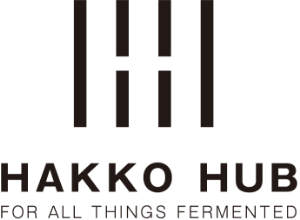The Unique Appeal of Traditional Mirin
Last October, American food professionals visited fermented food producers to deepen their knowledge of Japanese fermentation culture during the “Hakko Tourism in Japan” tour campaign. As part of the tour, organizers held a tasting session where guests gave candid advice from the perspective of the American market to food product manufacturers looking to enter the United States market.

Mild sweetness and depth of flavor provided by rice
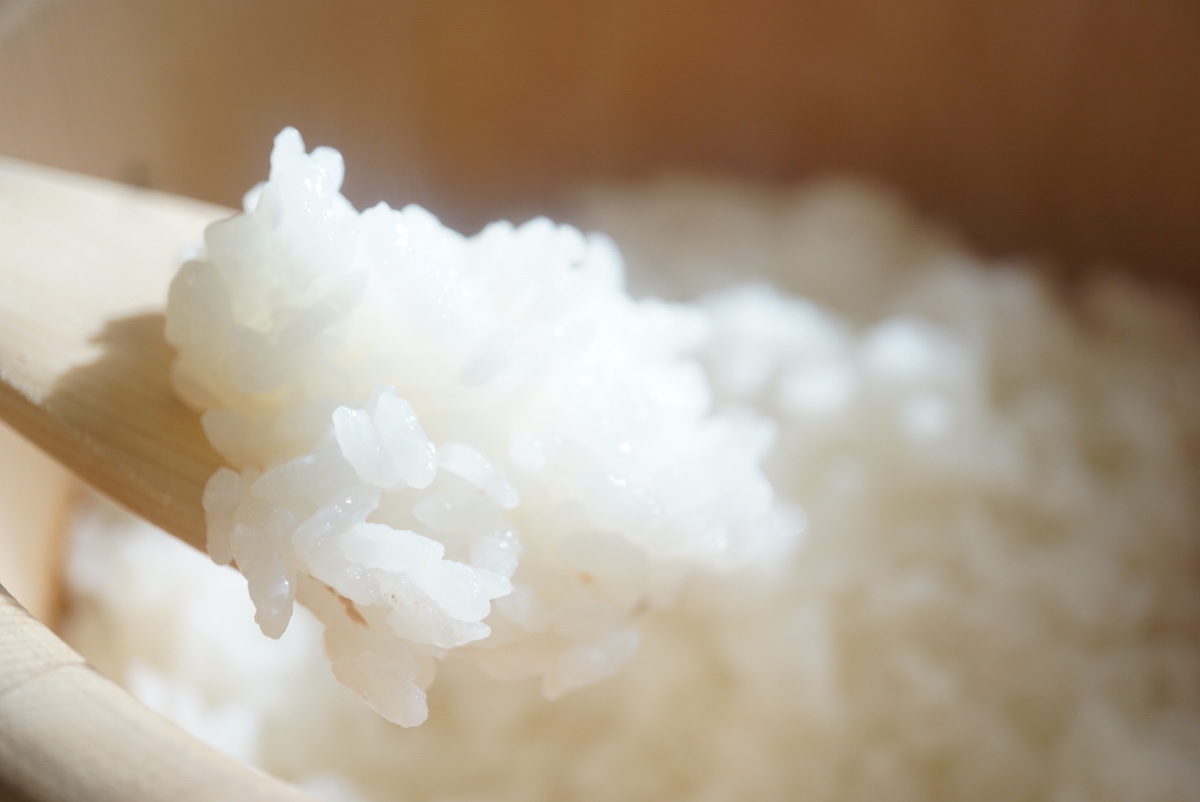
Friendly for the gut biome
Lower GI value prevents blood glucose spikes

*The figure of 15 is before heating. There is no data on the GI value of mirin after heating, and it is expected to be higher than 15 because of the increased sweetness of heated mirin. Even so, it is believed to be less stressful on the body than white sugar.
Fatigue-relieving effects
Hon-mirin has been enjoyed as a drinkable infusion beverage throughout history; especially as a means of relieving fatigue and preventing summer heat exhaustion. Traditional hon-mirin is rich in 17 kinds of amino acids, which repair broken tissues and are said to help energize the body.
Plentiful antioxidants
Traditional mirin is made by storing it in an aging process. During this long storage period, the color of mirin becomes darker due to the Maillard reaction, and it studies confirm that the antioxidant effect increases in proportion to the degree of coloration.
(Source: Journal of the Japan Brewers Association)
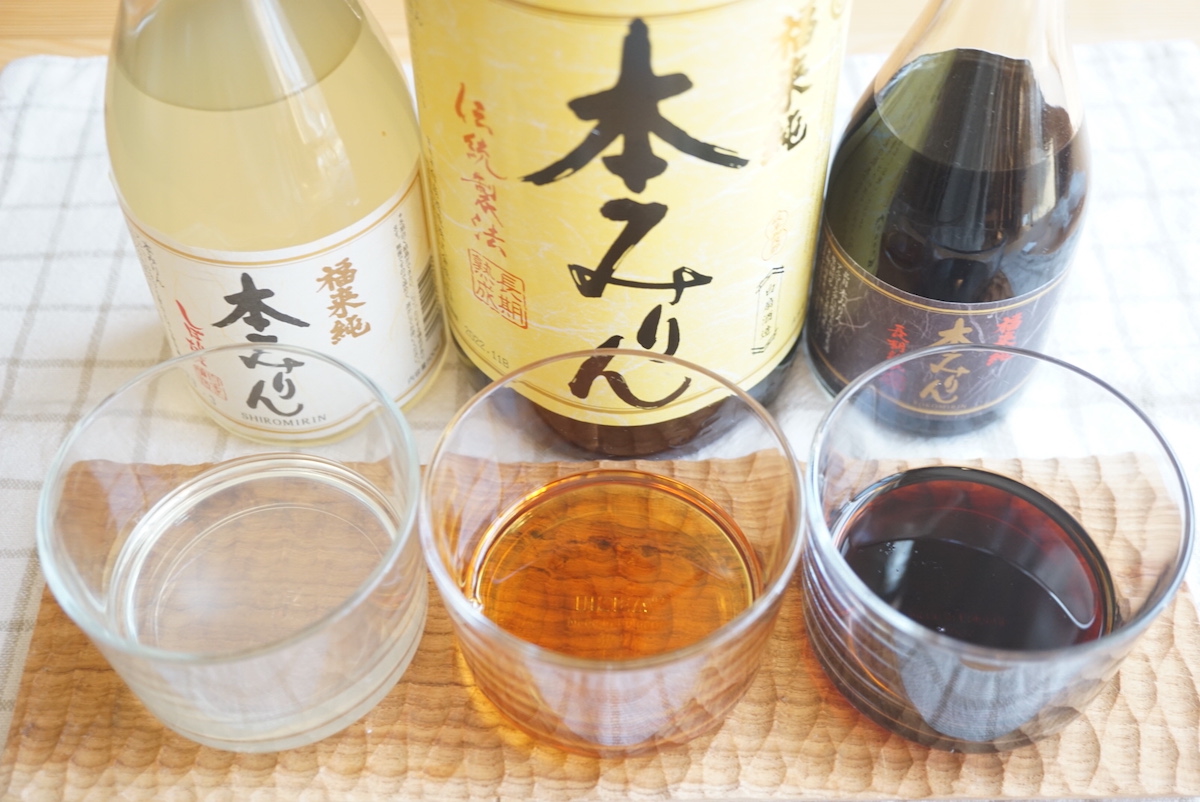

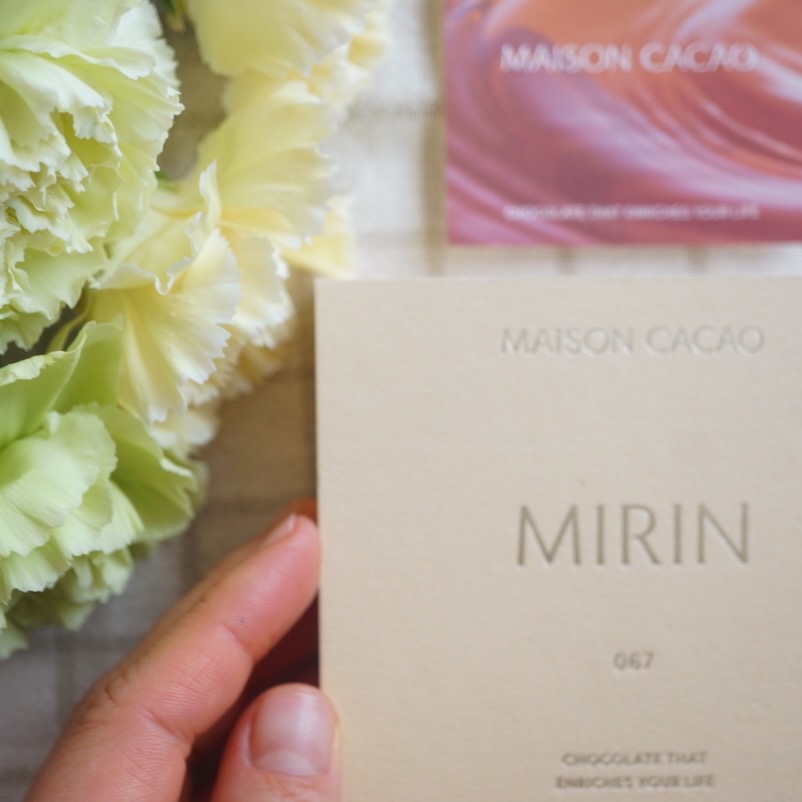
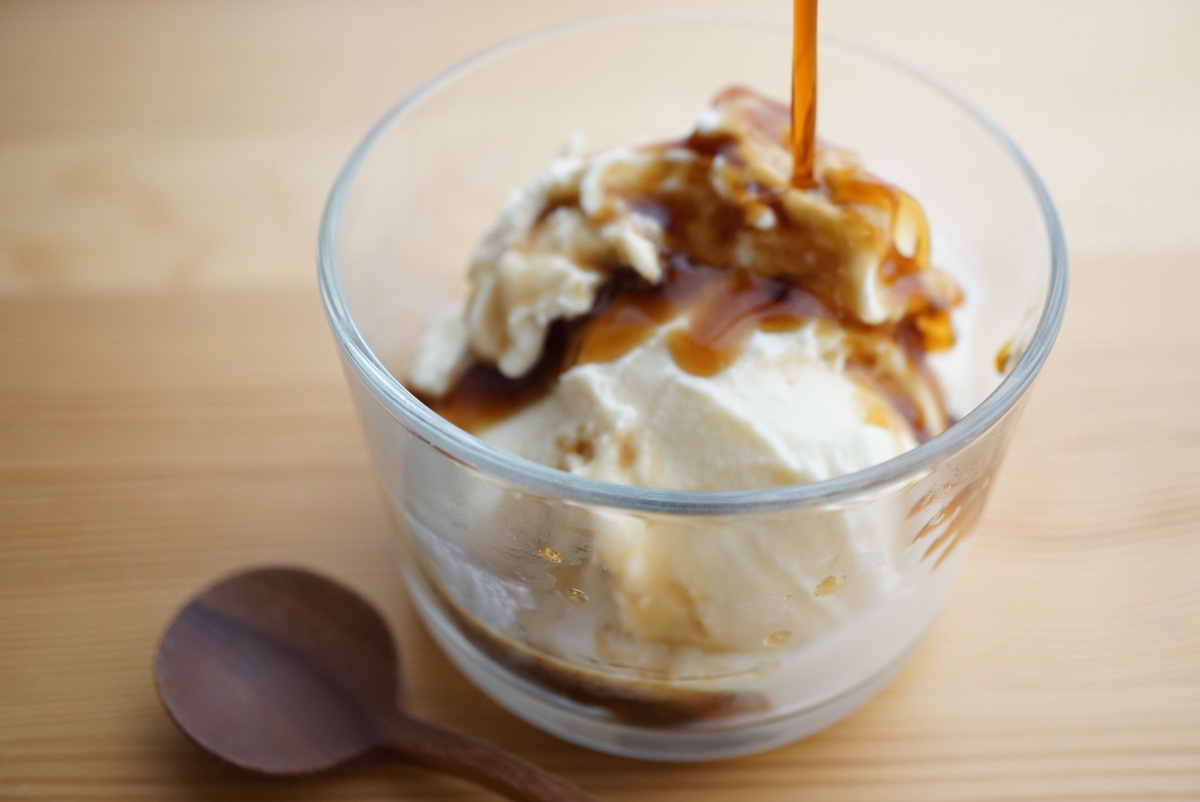
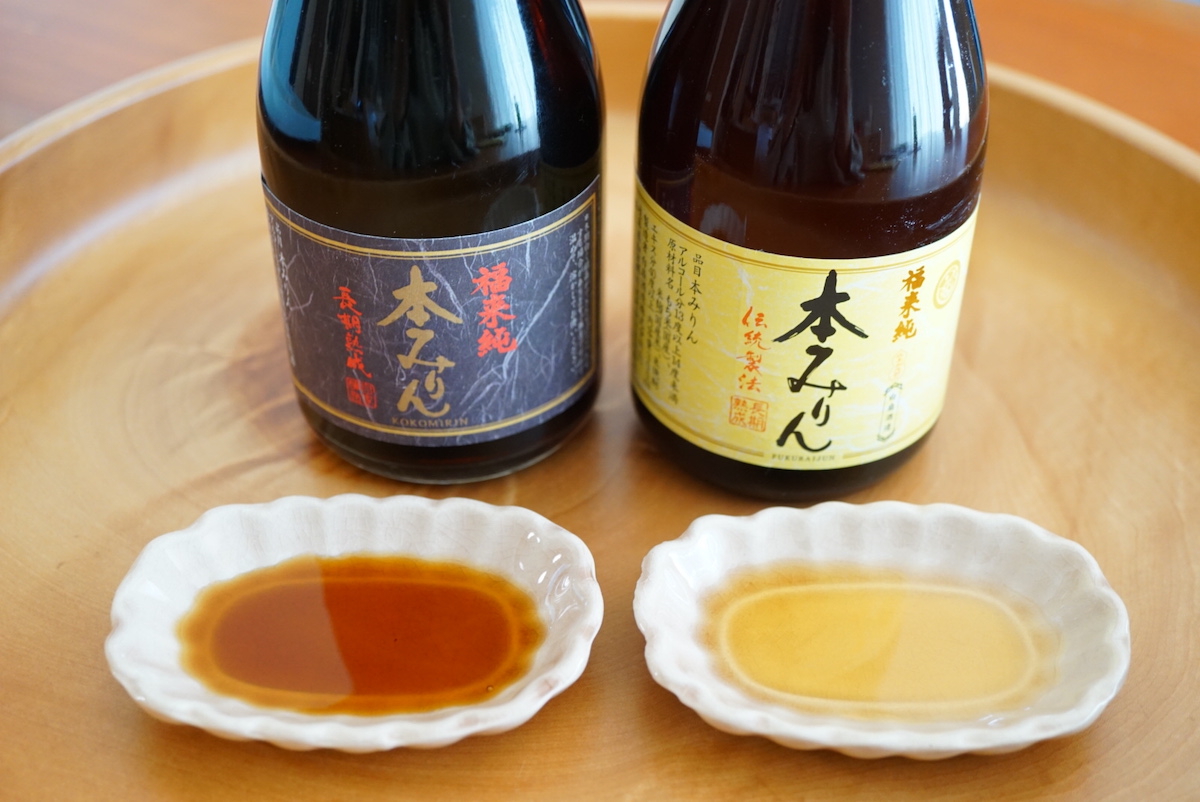
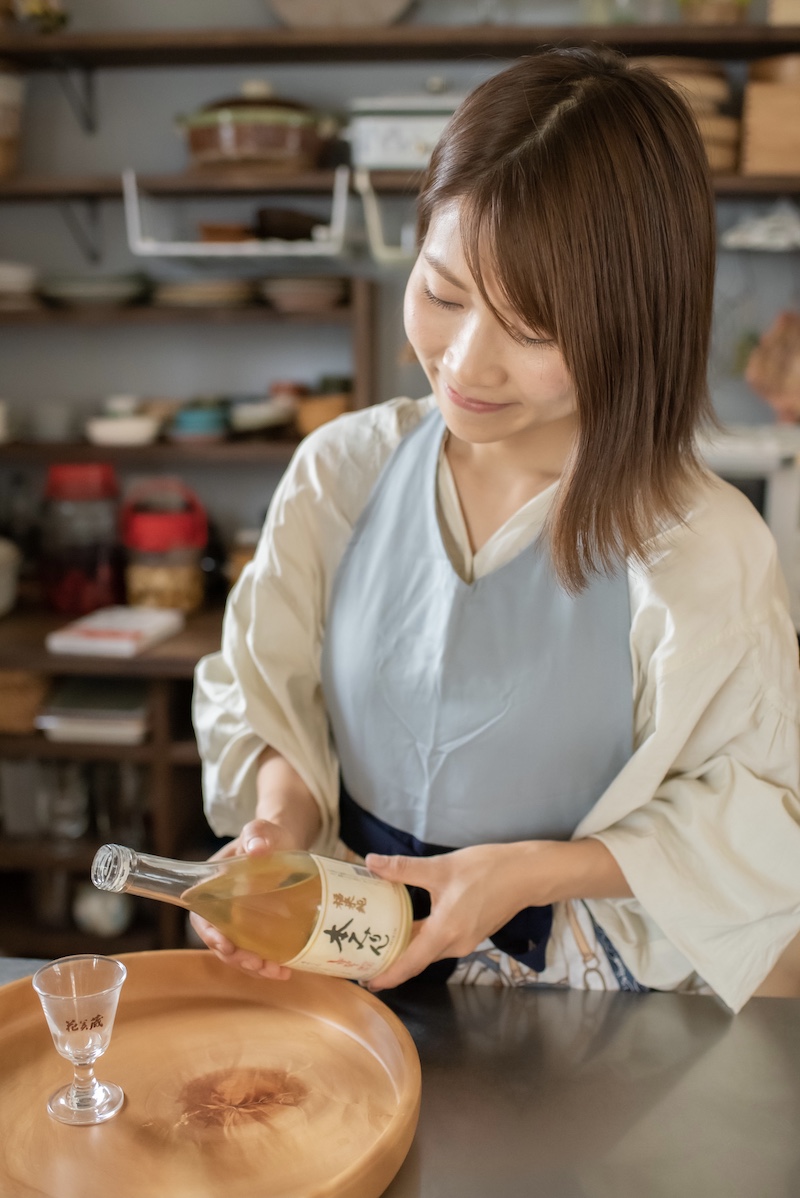
Maho Tanabe, the organizer of "Mirin Sweets and Fermented Foods" at Minamoto Shokudo, is an inner beauty planner and owner of Minamoto cafeteria. With expertise in fermented foods using koji and sake, she is a recognized authority in the fermented foods industry.
